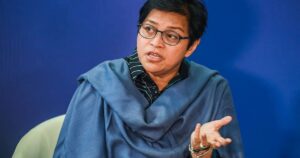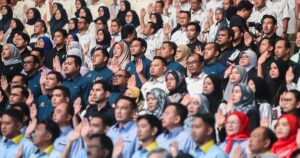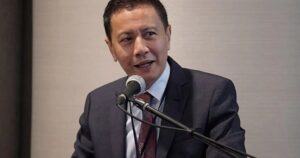
The country’s civil service comprises 1,305,976 personnel as of Sept 24, says federal territories minister Dr Zaliha Mustafa.
She said the data, which excludes police and military personnel, reflects positions with permanent warrants and is subject to updates by agencies’ human resource officers.
In a written parliamentary reply, Zaliha said the education ministry has the most number of staff at 511,345, or 39.15% of all civil servants.
This is followed by the health ministry with 267,149 personnel (20.45%), while the higher education ministry employs 104,838 (8.03%).
Other ministries and departments with significant numbers include the home ministry (60,145), Prime Minister’s Department (43,632), rural and regional development ministry (24,097), agriculture and food security ministry (20,514), and finance ministry (20,242).
In terms of state administrations, Sabah employs 18,606 civil servants, followed closely by Sarawak (17,916) and Selangor (16,429). Johor and Perak have 15,056 and 13,688 staff respectively.
Smaller state administrations such as Perlis (1,544), Melaka (4,379) and Negeri Sembilan (5,543) make up less than 1% each of the total workforce.
Across the country, Kelantan contributes the highest number of individuals in the federal civil service at 170,383 (13%), followed by Perak (140,160 or 11%) and Johor (132,032 or 10%).
Meanwhile, 96,651 federal civil servants are currently serving in Sabah, with the majority attached to the education ministry (53,291 or 55.13%) and the health ministry (26,824 or 27.75%).
Zaliha said 86% of federal officers serving in Sabah (82,921 individuals) are themselves Sabah-born, reflecting strong local representation in the state’s public sector.
She added that the detailed breakdown helps the government ensure fair distribution of manpower and identify areas where additional staffing or reforms may be needed to improve efficiency and service delivery.






